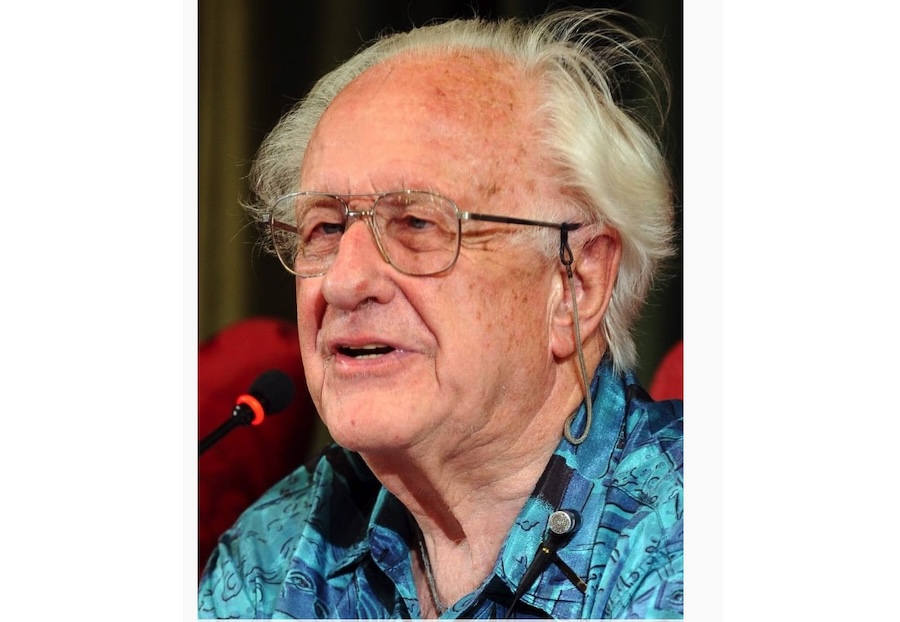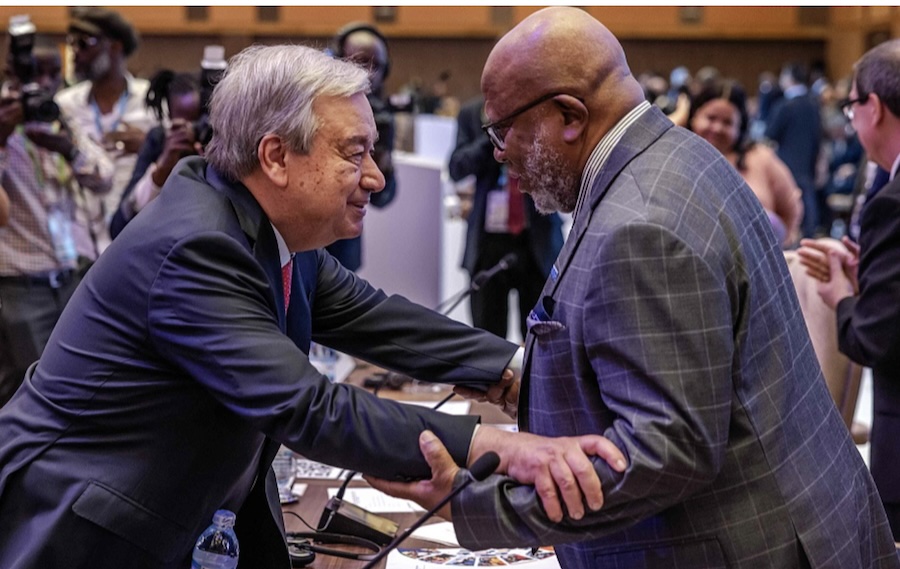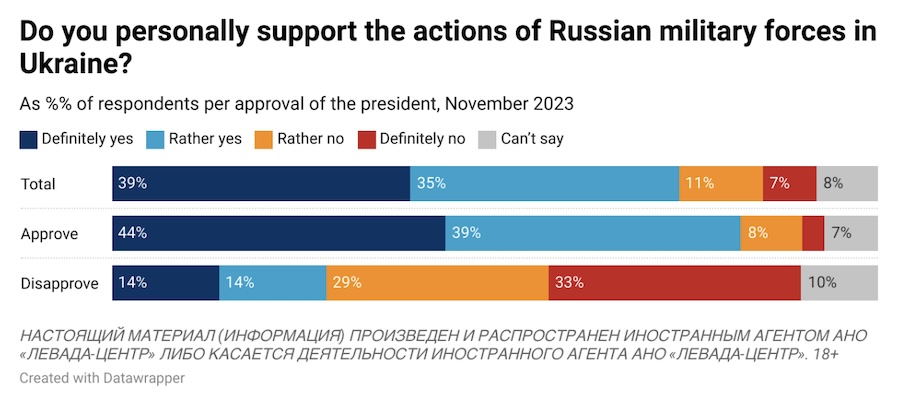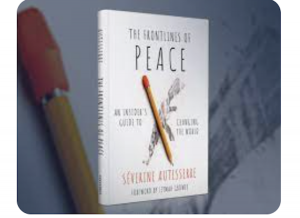EDUCATION FOR PEACE .
An article by Nils Petter Gleditsch in the website of the Peace Research Institute of Oslo
Johan Galtung passed away this morning (February 17). He was born in 1930 on 24 October, the same day that 15 years later would see the founding of the United Nations. There is something symbolic about having the same birthday as the UN. As a researcher, Galtung’s orientation was unusually international. An excellent linguist, he was well-travelled and made his home in several countries.

Johan Galtung. Niccolò Caranti / Wikimedia Commons
He was a person of exceptional energy. After qualifying for university in two subjects, he completed two simultaneous master’s degrees (in statistics and sociology), and went on to hold professorships in several fields and in many countries. In his younger years, he was a signatory of the manifesto for Aksjon mot doktorgraden (a campaign against the Norwegian doctoral degrees), but he came to hold honorary doctorates from a range of universities.
After establishing what would become the Peace Research Institute Oslo (PRIO) in 1959, he went on to found the Journal of Peace Research in 1964. Neither of these would have become what they are today without the impetus that Galtung gave them in their early years. In 1969, he became the first Professor of Peace Research at the University of Oslo. While this was not a personal professorship, there can be no doubt that the chair would never have been established if Galtung’s supporters at the University and in political circles had not known that there would be at least one committed and competent applicant. Galtung was not yet 40 when he was appointed to the professorship, but in a sense the appointment came too late. Sabbaticals and residencies abroad became more frequent and more lengthy and in 1978 he resigned – explaining his decision with reference to one of the campaign points of the 1968 student protests: no one should hold a professorship for more than 10 years! Now came professorships in many other countries, the longest-lasting of which was in political science at the University of Hawaii.
(continued in right column)
How can we carry forward the work of the great peace and justice activists who went before us?
(continued from left column)
Galtung’s first projects at the Peace Research Institute resulted in a series of articles in the Journal of Peace Research. These articles continue to be his most cited works and concerned varied and important topics such as structural violence, concepts of peace, international news dissemination, imperialism, and the role of summits in international relations. Together with Arne Næss, he was also a pioneer of efforts to codify Gandhi’s ideas about non-violence and conflict management.
After Galtung left PRIO and moved to the University of Oslo and later to his international career, he also reoriented himself in many ways in a purely scholarly manner. His public remarks also became more acerbic and polemical, gaining him many critics. He never had problems attracting students and collaborators, but many of his students from his years of scholarly entrepreneurship in Norway found it difficult to follow him in this new orientation. As a scholarly field, peace research became more accepted, and some might also say, more conventional. Johan could be extremely critical, suggesting, for example, that the Peace Research Institute should change its name to something like the Norwegian Institute for Security Research. It was with a certain sense of unease that some of us opened his autobiography, Johan uten land (literally, ‘John without a country’), which was published on his 70th birthday, and then 10 years later, his Launching Peace Studies: The First PRIO Years. But in both these books he showered compliments on his colleagues from his pioneering years.
Galtung was bold in advancing concrete predictions about the world’s future. In my opinion this was a strength, especially in comparison with the cautious and wise-with-hindsight remarks to which social scientists are often prone. While he was not always equally adept at admitting to his errors, he had no lack of critics who were happy to point out his errors for him. For a researcher, obstinacy can be a strength, including when things get difficult. Progress in research is often achieved through a dialogue between the bold voices and their critics, between the sceptic and the enthusiast, as Johan himself put it in an essay from 1960.
When the Peace Research Institute – long after Galtung’s time – became the first institution to be designated a Centre of Excellence in the social sciences by the Research Council of Norway, this represented a recognition of what Galtung had started, even though he himself had pursued other paths. When we heard news in 2002, I sent him an e-mail in which I pointed to his share of the honour: ‘You’re a bit proud even so, aren’t you?’ He didn’t respond affirmatively, but neither did he deny it.
For those of us who were young in the 1960s and entered the social sciences, and especially peace research, Johan Galtung was an unusually inspiring mentor. He was generous with his time and supplied endless scholarly guidance and encouragement. When something did not go well, he would take the time to explain why. Those of us who could not always follow him onwards on his complex path, are nevertheless eternally grateful for having enjoyed such help and support as we entered the world of research.
(Nils Petter Gleditsch is PRIO Research Professor Emeritus.)
PRIO Director Henrik Urdal’s interview with Johan Galtung in 2019








